
Independent art galleries defiant as rent rises in Hong Kong’s Sham Shui Po neighbourhood threaten their survival
- In Sham Shui Po, one of Hong Kong’s poorest neighbourhoods and a haven for independent art in the city, rising rents have recently forced some spaces to close
- Those behind art galleries in the area reveal why they’re determined to ‘keep doing what we’re doing’ as players with deeper pockets move in
Sham Shui Po in Kowloon has so far borne the burden of being labelled a must-see cultural destination in every imaginable Hong Kong visitors’ guide.
The neighbourhood, one of the poorest in the city and home to a vibrant independent arts community, has retained its edgy appeal.
Now alarm bells are ringing as rent rises force art spaces to close and big players move in.
The latest to be affected is Current Plans, a gallery that will soon be losing its space in Wong Chuk Street. Founded by Eunice Tsang in 2021, the independent art space quickly generated a lot of excitement with its well curated contemporary programmes.
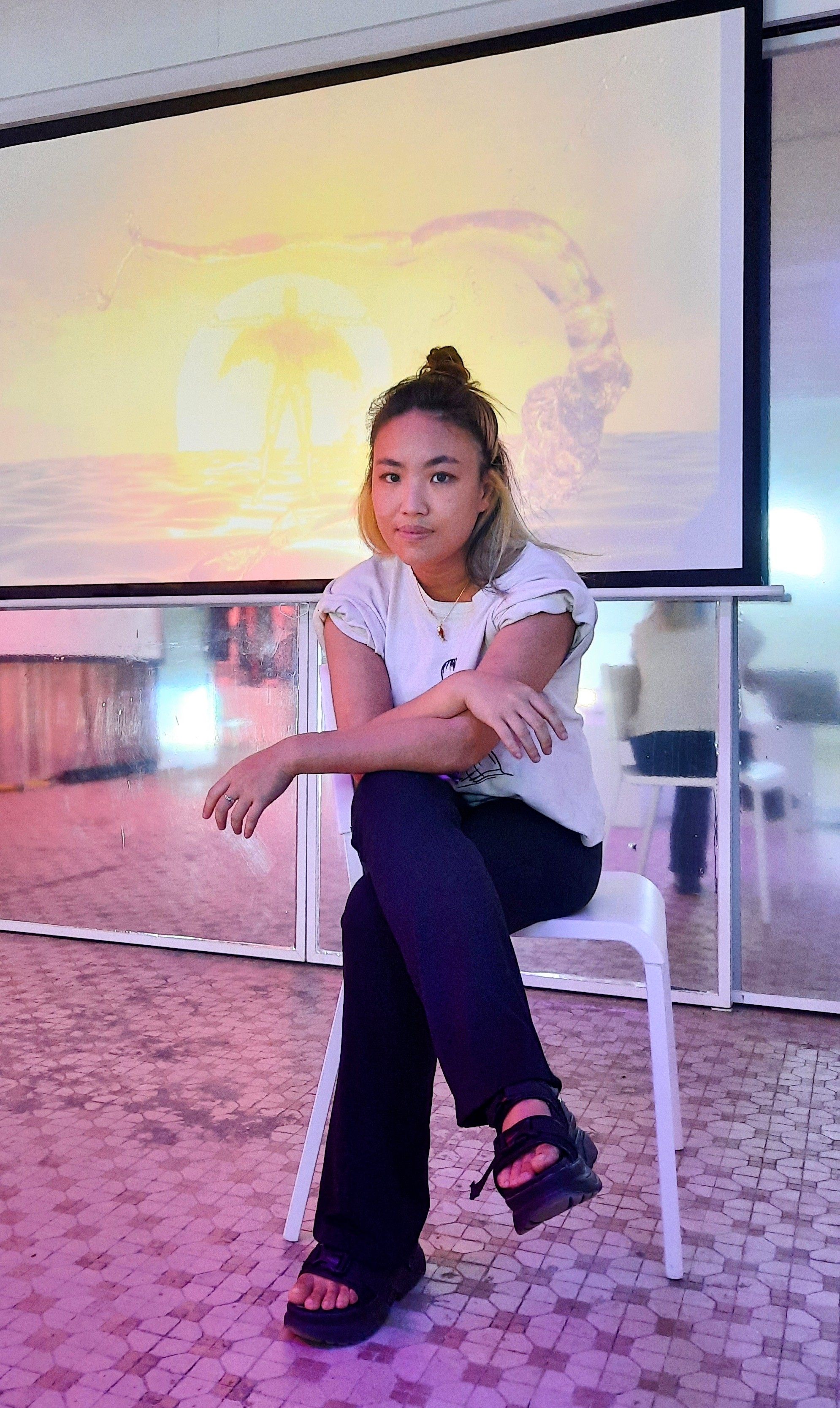
“My mind has been blank,” Tsang says, a few days after receiving a call from her landlord in July, the upshot of which was that a prospective new tenant would probably be taking over her space at the end of the year. “I haven’t really thought it through – it’s just so sudden. I haven’t even told all the artists yet.”
Running an alternative art space without government funding is always precarious. The spirit of living in the moment is reflected in the name of Tsang’s venue as well as that of its predecessor, Present Projects.
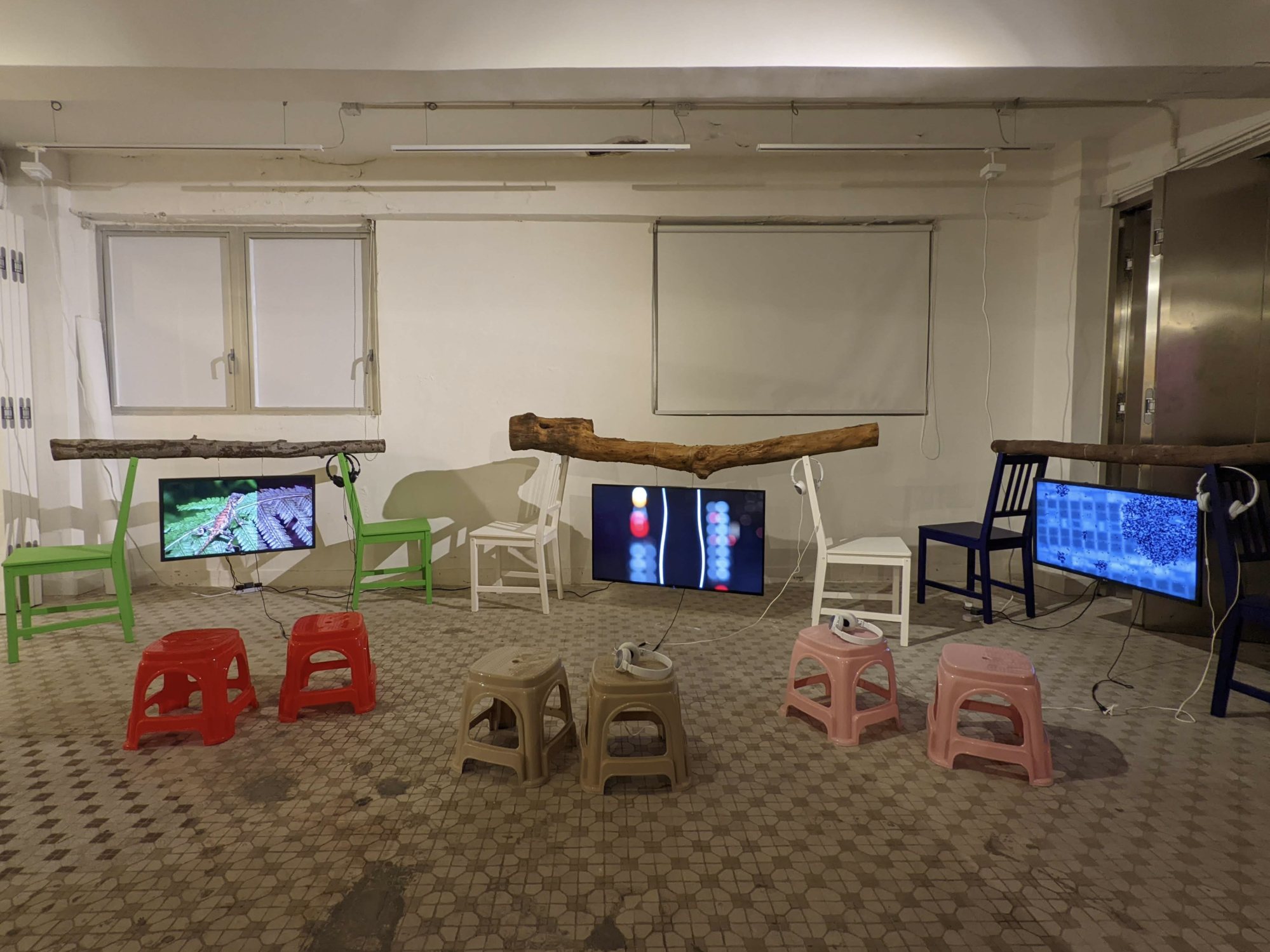
The district’s affordable rents and atmospheric tenements have made it a haven for those drawn to the unconventional – and so the art spaces between Tai Nan Street and Apliu Street coexist with vinyl record specialists, a leather craft supplies shop, cafes and bookshops.
But the tenements are gradually making way for high-rise apartment blocks with modern street-level shop spaces.
Tsang grew up visiting the fabric and wet markets in the area, and later lived for several years in Sham Shui Po.
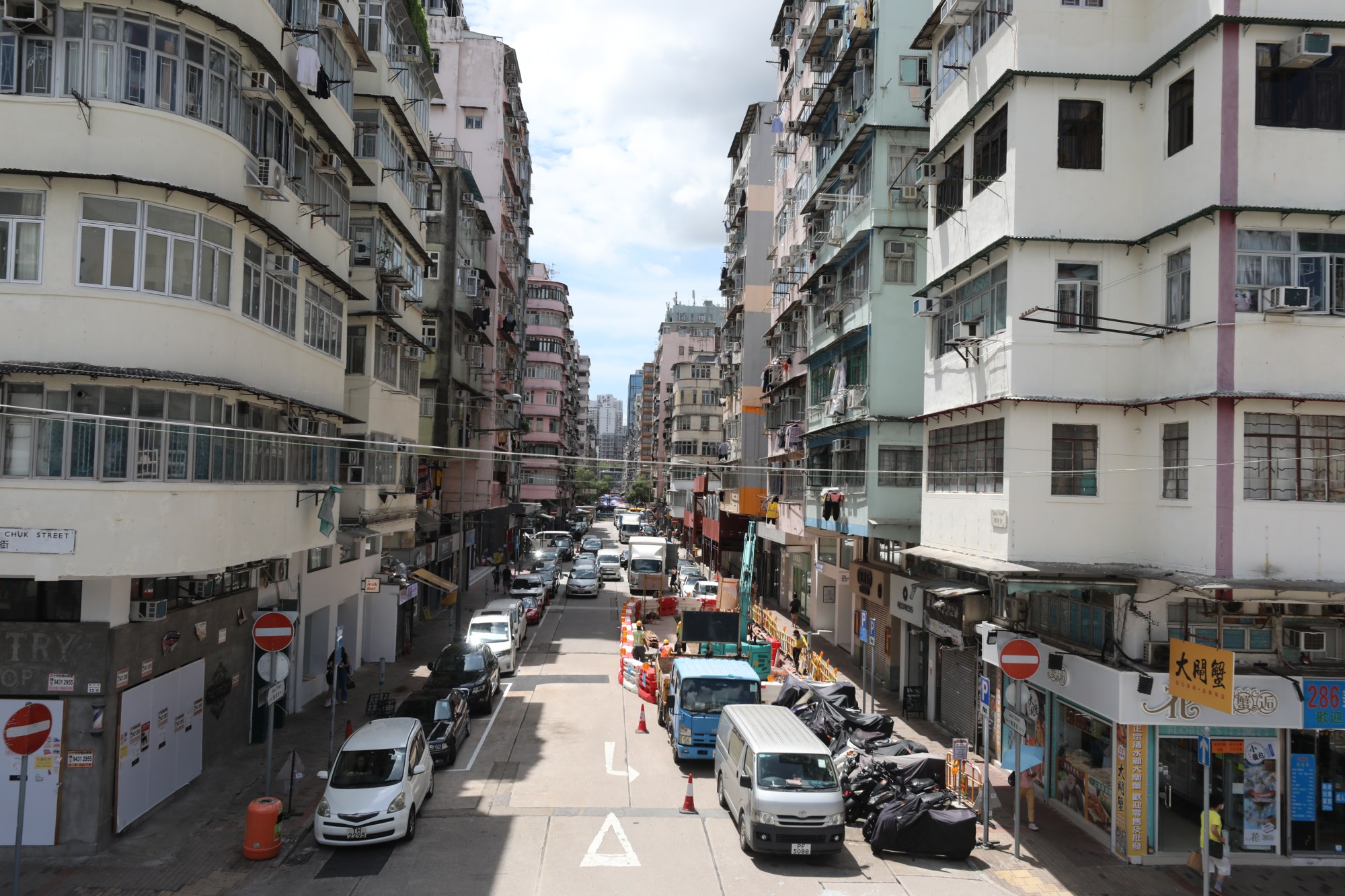
“I just loved the area – it was so fascinating, I always got lost in it,” she says. “It’s incomparable.”
The curator, who has been funding Current Plans from other sources of income and occasionally renting it out for events, had exhibitions planned until May 2024, but will now most likely relocate or continue under a different operating model.
“The most difficult part, I always tell people, of running Current Plans is really not the curatorial, exhibition side,” she says. “We have so many artists, so many people who we want to collaborate with. The programming side is ready for the next two to three years, but it’s always the rent that is most difficult to keep up with.”
Openground in Tai Nan Street – an all-in-one coffee shop, exhibition space, and design bookstore – closed in February 2023 after seven years in business, with the owner citing operational challenges. Foreforehead, a shop in Ki Lung Street selling knick-knacks – think anthropomorphised porcelain jade cups and Memphis-style lamps – closed on July 23.
Meanwhile, a five-storey fashion and design centre run by the Hong Kong Design Centre is set to open in 2024 as part of government plans announced in 2018 to make Sham Shui Po a “design and fashion landmark”.


And Kenneth Fok Kai-fong, scion of one of Hong Kong’s most powerful business dynasties and man who has taken on a variety of public roles – among them legislator for the sports, performing arts, culture and publication functional constituency, chairman of the Arts Development Council, member of the National Committee of the Chinese People’s Political Consultative Conference and a vice-chairman of the All-China Youth Federation – has just opened his own art space in a shop space on Apliu Street.
“Sham Shui Po is a very hip and creative place,” he says. “So I thought, can we take a risk and create a space that can really help young artists to hold exhibitions?”
His art space, The Bridge+, aims to connect with people from different places and societies and with different interests, he says.
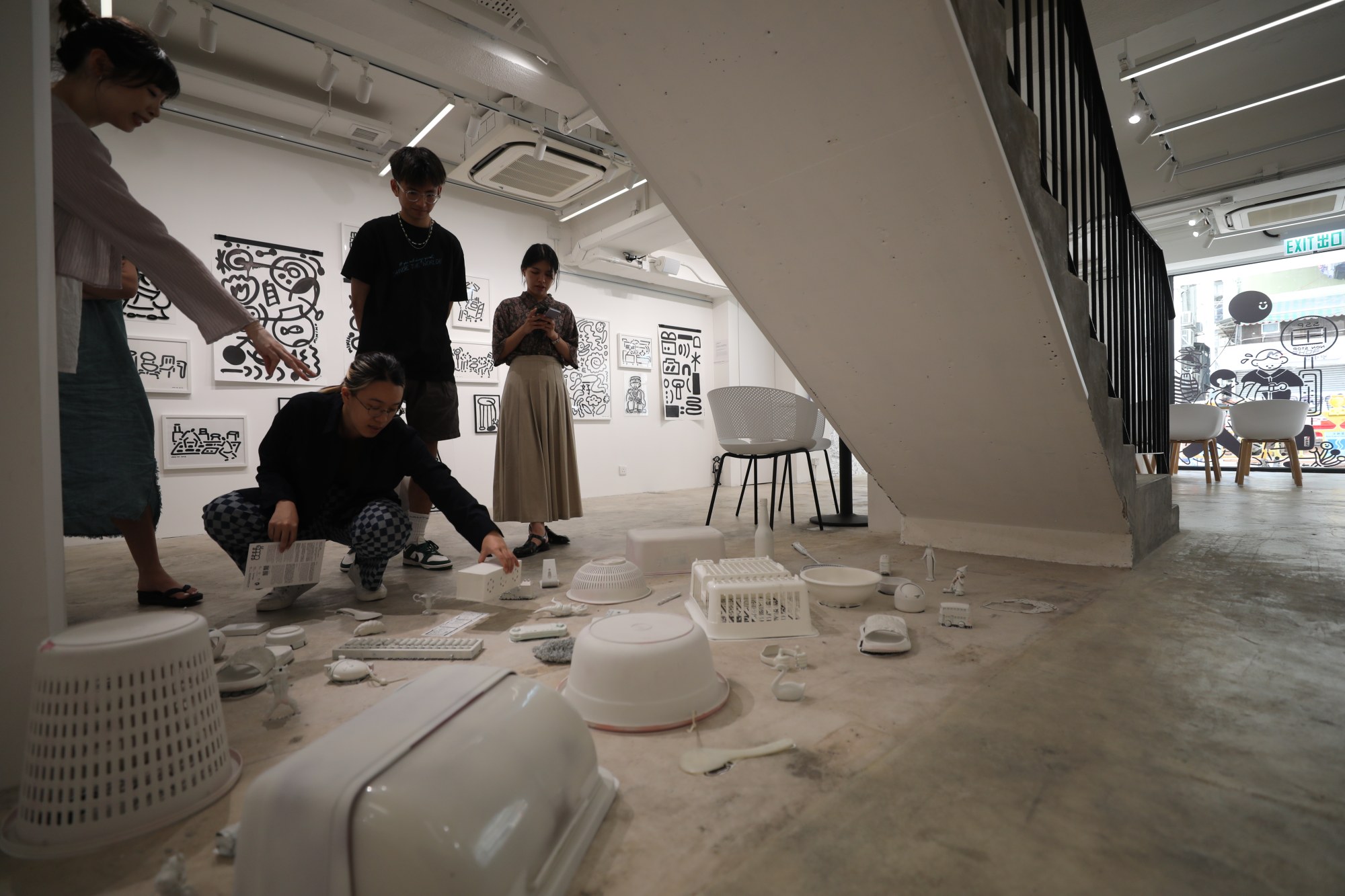
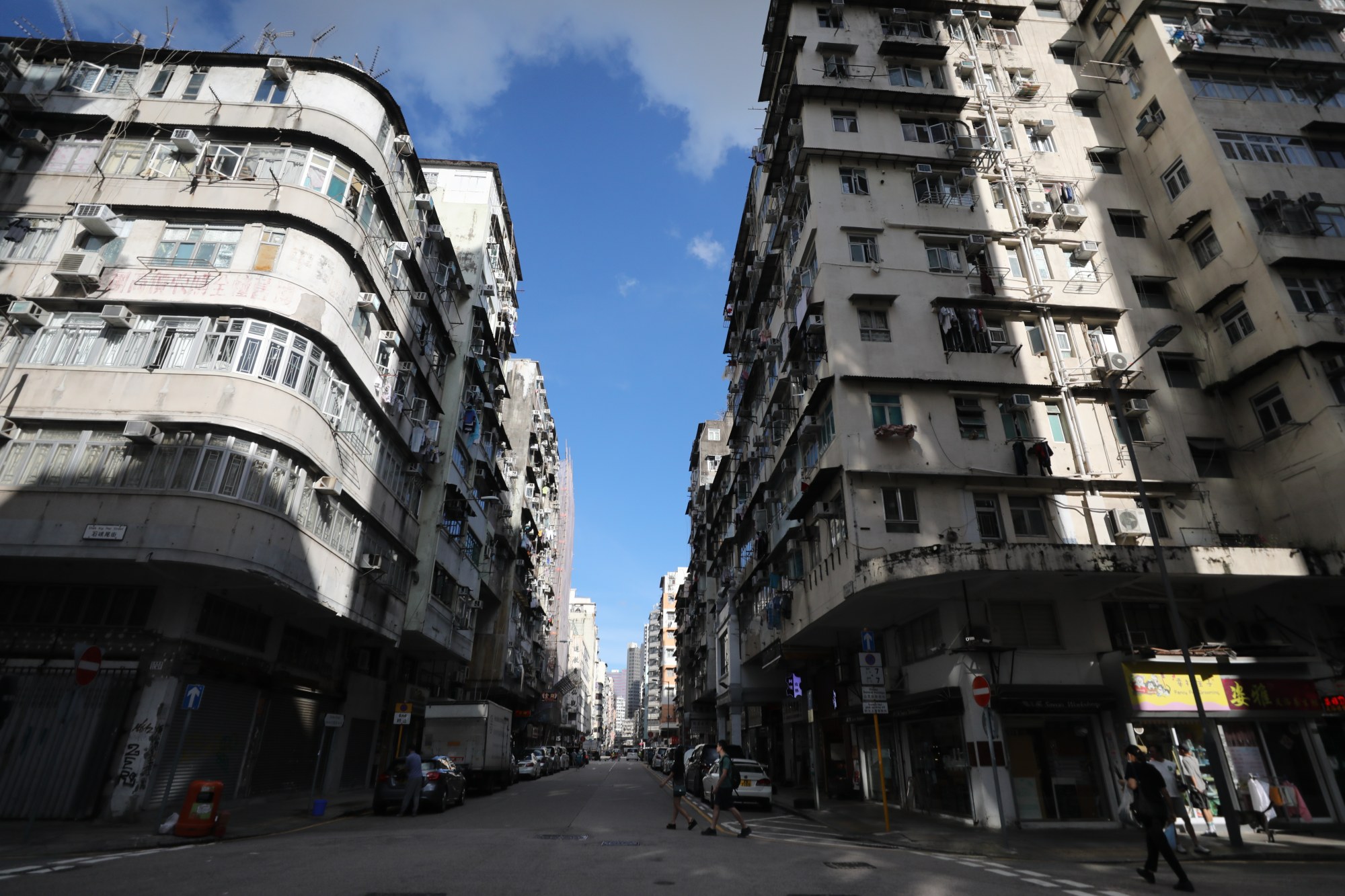
“I can confidently say for 10 years, we never made a profit. So if [making money] was our intention, we would have closed,” he says.
Kim Lam, who opened the art gallery Parallel Space on Tai Nan Street in October 2018, is indifferent to Sham Shui Po’s ongoing gentrification. He is more concerned about maintaining the independence of his gallery, and continuing with his work.

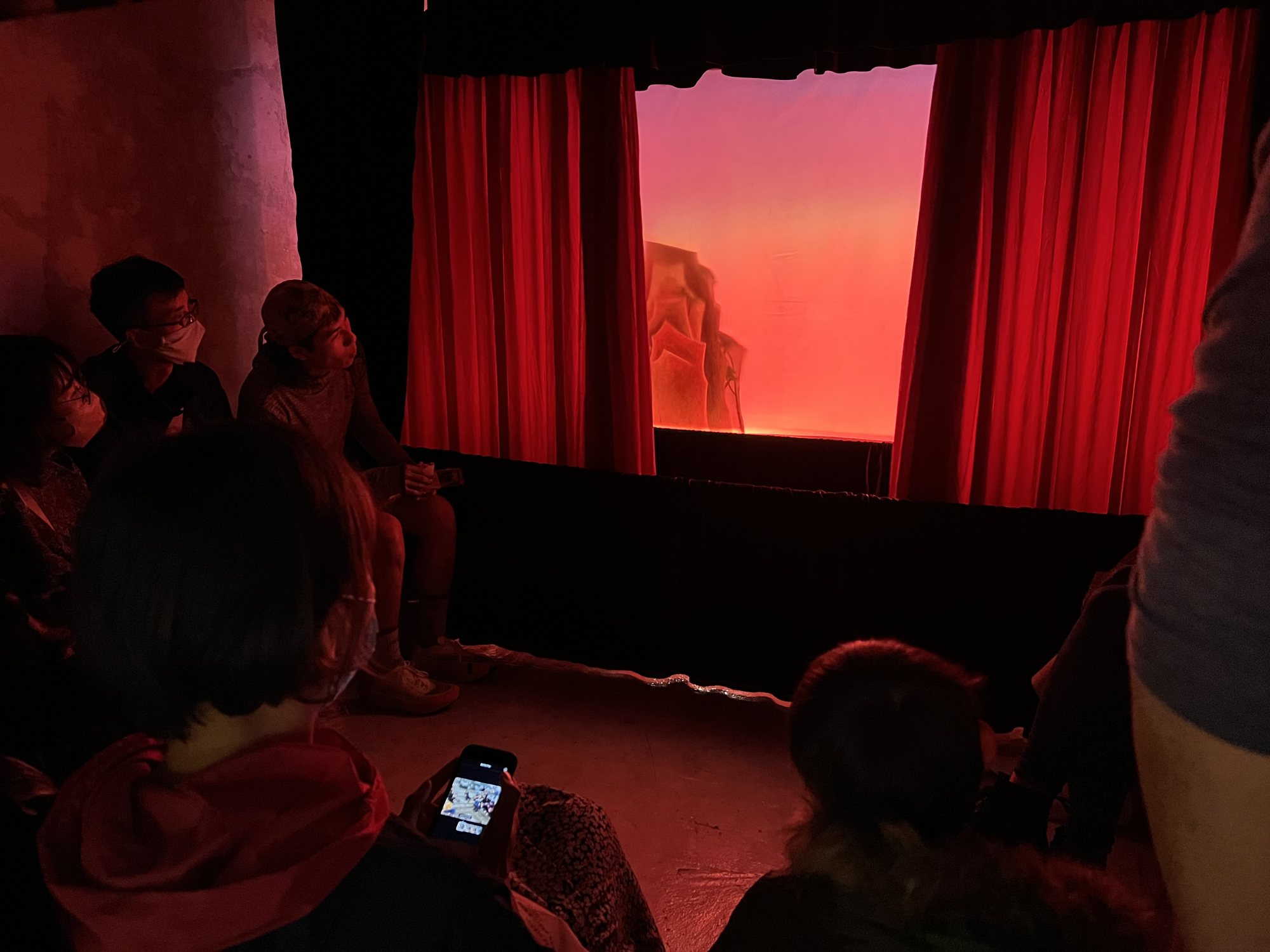
“I don’t really pay attention to, or care about, how the government wants to develop Sham Shui Po,” he says. “I know that I can’t do anything about what the government wants to do, and I never thought about stopping them. I just want to do what I want to do.”
In five years, Lam has put on about 60 shows. “I can do a variety of things, and I don’t have to be beholden to specific criteria to get funding and compromise certain aspects,” he says.

“Of course, the space now has limitations because of the [national security law],” he says. “[But] at this point – based on how Hong Kong is now – I think people know how to manoeuvre in the grey area. People know how to find the grey area in the red, restricted area, to express their creativity.”

“Given that I have the mentality to stay in Hong Kong no matter how bad it gets, the only thing I can do is work on what makes me feel comfortable to stay,” Lam says. “Maybe I can just provide a little contribution [to society].”
Tsang says she plans to continue her work as a curator regardless of what happens to Current Plans. “All we can do really is continue doing what we’re doing. You do want to build a community, but ultimately, a city or a district is always changing. It’s always ebbing and flowing with the movement of people,” she says.
“I hope that I can contribute to the grass roots. I think this is very important, to bring art to the masses,” he adds.


